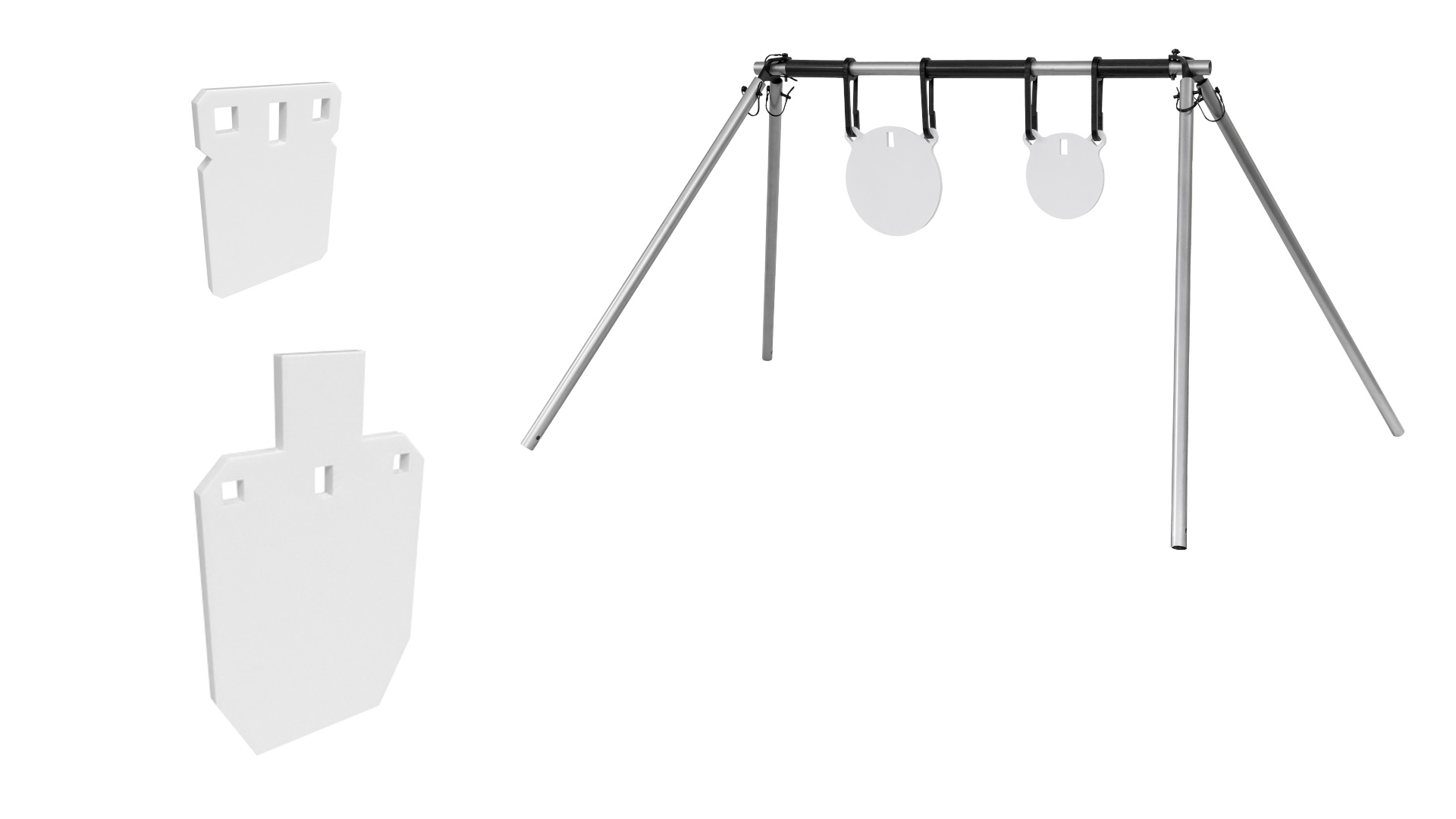A report released on April 3 states, “…[A]rmed citizens reduce the number of deaths in active-shooter incidents significantly more than the police do. In fact, armed citizens reduce the number of people killed by 49 percent, while the police increase the number killed by 16 percent in comparison to the omitted class (shooters who are arrested later or stopped by unarmed citizens or stop of their own accord).”
In addition, “Civilians with permits stopped the attacks more frequently and faced a lower risk of being killed or injured than police. Officers who intervened during the attacks were far more likely to be killed or injured than those who apprehended the attackers later.” The study—co-authored by Carlisle E. Moody, Professor of Economics, Emeritus, at the College of William and Mary, and John R. Lott Jr., from the Crime Prevention Research Center—notes, “This result isn’t a criticism of law enforcement, it simply reflects the tactical realities they face. Their uniforms make them visible targets, and longer response times give attackers more opportunity to cause harm.”
The statistical analysis also found a big difference when the risk is taken by an armed citizen compared to law enforcement when intervening. One percent of permit holders were killed during those encounters in the study period, but the number jumped to 16.5 percent in law enforcement officers.
Those states that recognize a form of constitutional carry, “…experience 16.7 percent fewer people killed in active shooter incidents, presumably because there are more armed citizens available in public places.” In addition, when the academics dissected the numbers, they found law enforcement officers killed the wrong person more often than armed citizens.
“These results also suggest a broader conclusion: having armed citizens dispersed throughout public spaces improves public safety. Conversely, gun-free zones are likely to be counterproductive, a view supported by other research showing that the overwhelming majority of mass public shootings happen in such zones,” the report concludes.
Read the full article here

















Leave a Reply